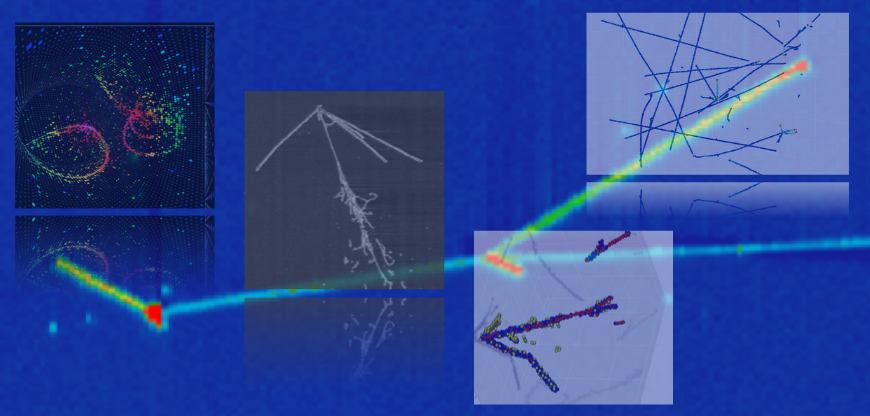Description
New tools enabled by machine learning techniques
Modeling the light propagation in LArTPC with sinusoidal representation networks (SIREN) is scalable and capable of being calibrated using data.
In this talk, I will demonstrate a few applications of the SIREN in position reconstruction and charge-light signal correlation.
Drawing statistical conclusions out of experimental data entails to compare it to the physics model predictions of interest. In modern particle physics experiments, producing predictions often requires of three subtasks: 1) Simulating the particles interactions and propagation within the detector, 2) Describing the detector response and tuning its description to calibration data and 3)...
In high energy physics, the detection of rare events and the computation of their properties require precise and reliable statistical methods, with uncertainty quantification playing a crucial role. Nowadays, most research relies on machine learning methods, where the calibration of output probabilities is not always straightforward. How can we then draw conclusions with the required five...
We shall review the results of our recent work on the developments of the NuWro Monte Carlo generator of events. We are working on applying deep learning techniques to optimize the NuWro generator. In the first step, we work on the neural network model that generates the lepton-nucleus cross-sections. We obtained a deep neural network model that predicts the electron-carbon cross-section over...
With the rising importance of large sequential models in neutrino imaging and reconstruction tasks, a robust estimation of uncertainty at each stage of reconstruction is essential. These chained models produce valuable physical representations of the evolution of a neutrino interaction, which are of interest to many disparate fields of study. This talk will discuss methods available for...

